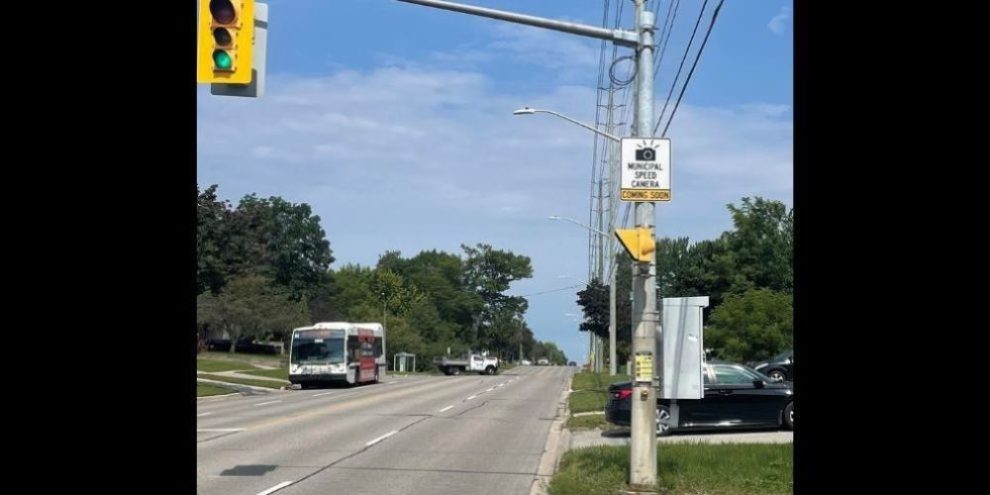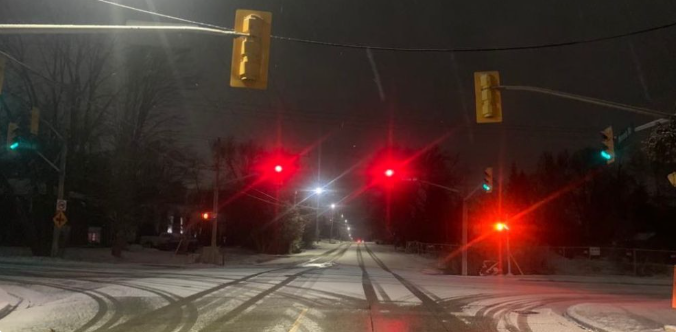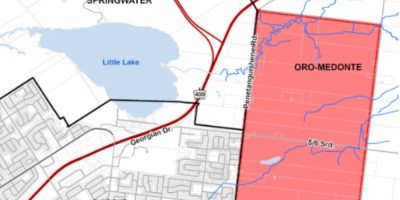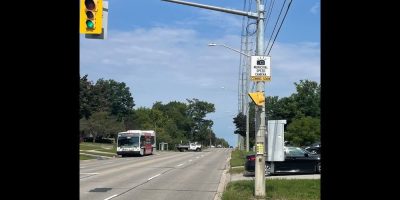
The plug is being pulled on speed cameras across the province, including in our backyard, such as Barrie, Innisfil and Orillia.
The automated speed enforcement program (ASE) ends in Barrie on Friday, the deadline set by the Ontario government for the cameras to be switched off.
Premier Doug Ford's government said on Thursday it is earmarking $210 million for municipalities to implement traffic-calming measures.
Ford spent weeks railing against speed cameras, calling them a "cash grab" because of the revenue they generate for municipalities, then last month, his government passed a ban on their use as of Nov. 15.
The premier has also said speed cameras don't slow drivers down, but evidence collected by municipalities and Hospital for Sick Children researchers found they do.

Innisfil Mayor Lynn Dollin was among more than 20 mayors who urged Ford to tweak the program instead of scrapping it entirely, noting that the move means road safety measures in their communities will now be funded by all taxpayers instead of by drivers breaking the law by speeding.
Transportation Minister Prabmeet Sarkaria says in a statement today that a new Road Safety Initiatives Fund will provide an immediate $42 million for measures such as speed bumps, raised crosswalks, roundabouts, new signage and increased police enforcement in school and community zones that had speed cameras.
“Ontario has some of the safest roads in North America and our new Road Safety Initiatives Fund will build on this record by ensuring municipalities have the resources they need to implement proven traffic-calming measures without making life more expensive for drivers,” Sarkaria wrote.
He says eligible municipalities will be able to apply for the remaining $168 million.
Earlier this month, Barrie city councillors at a finance and governance committee meeting passed a motion that staff apply to the province for $5 million for traffic calming measures and that capital project traffic calming measures be increased by $500,000 - $50,000 per ward - to be funded in the interim by the ASE reserve fund.
In March, city councillors approved a motion that city staff investigate the feasibility of installing red light cameras in Barrie, identify the characteristics of an intersection that best supports red light cameras, and then identify the top locations on city streets.

According to the latest figures, revenue collected from the ASE program since its launch in December 2023 is $1,246,684. Operating costs are $711,000, which means a surplus of $535,684.
In a news release on Thursday, the City of Barrie says any outstanding tickets and new tickets issued between now and when the cameras are removed remain valid, and refunds will not be issued.
The end of the automated speed enforcement program will not change how Barrie police ensure safety around schools.
"It's going to be business as usual for us," Peter Leon, Barrie Police Service communications coordinator, told Barrie 360. "Obviously, road and traffic safety enforcement is a big part of policing and ensuring the safety of the students, as well as parents who are walking their children to school. It's important for us to maintain that presence. It could be a non-marked unit. But again, we recognize that we need to be in and around our schools and those community safety zones."
For information on current traffic calming measures in Barrie: barrie.ca/TrafficCalming.
with files from The Canadian Press





